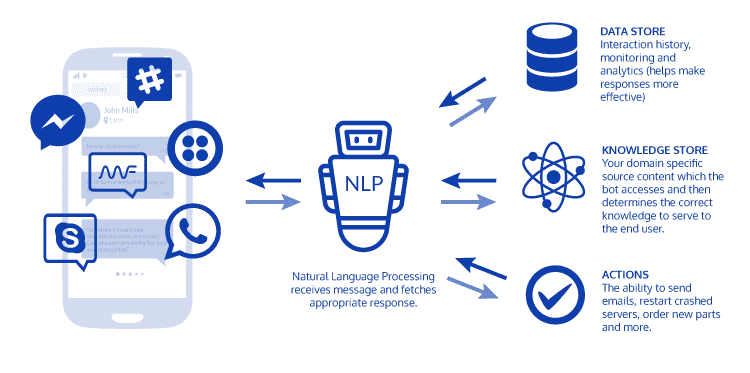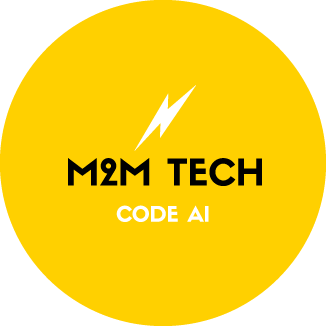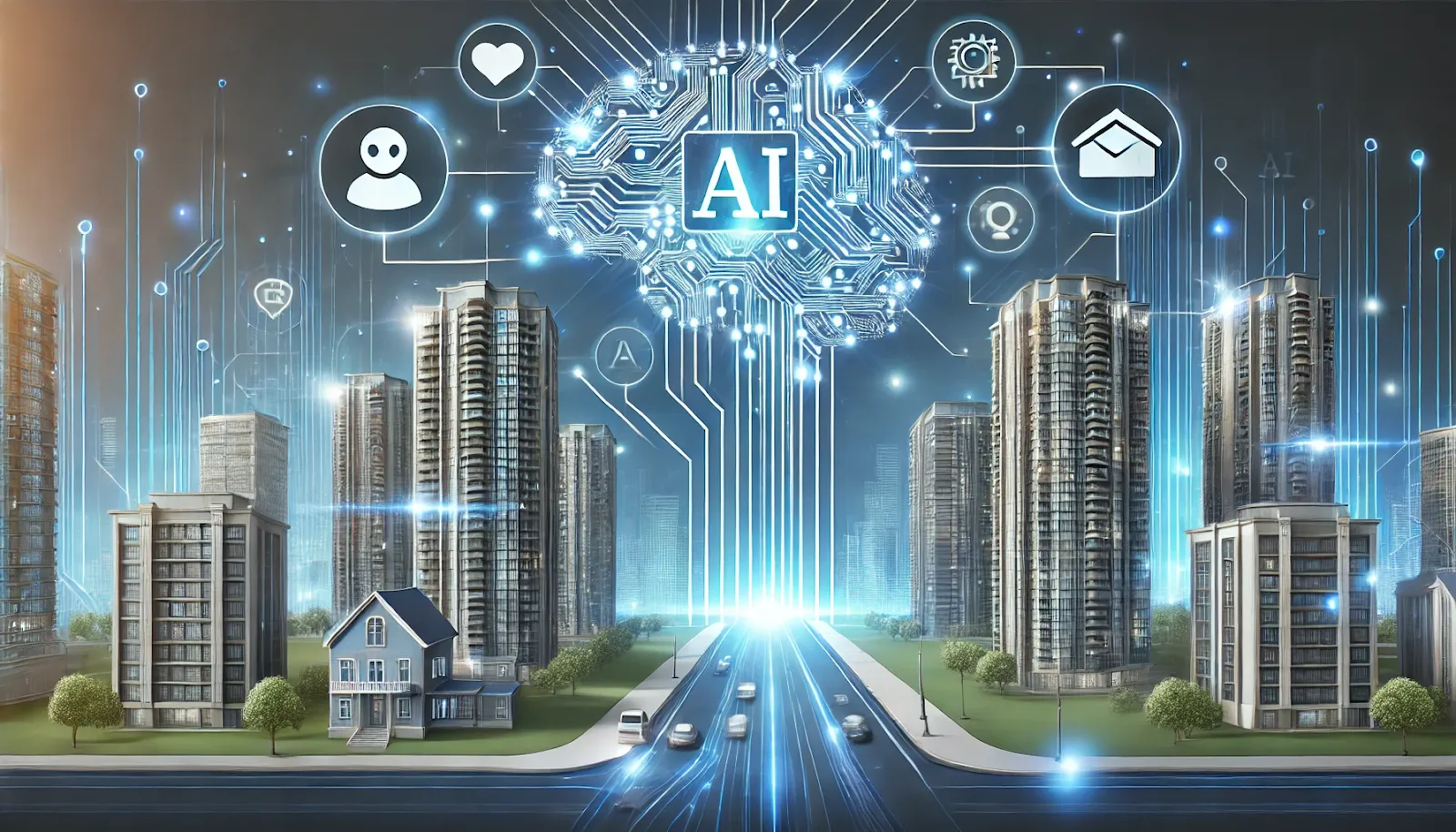In recent years, condominium management companies have been tasked with a novel challenge-balancing effective HR operations with the demands of an increasingly diverse workforce. Simply put, employees are having a difficult time navigating complex HR policies, leading to mounting frustration and confusion. Combined with the expanding number of HR personnel who are simply overwhelmed by the workload associated with a growing workforce, it is apparent that conventional methods of enforcing HR policies are quickly proving inefficient and moreover, obsolete.
“ A deep dive into the implications and technical aspects of HR chatbots as they are used in the condo industry. ”
The solution? AI-driven chatbots. Powered by Large Language Models (LLMs, such as GPT-4) and advanced natural language processing (NLP), this state-of-the-art technology doesn't simply dish out automated responses, rather it carefully ingests and learns from a vast body of source material. With their capacity to efficiently generate expertly crafted replies, AI chatbots appear promising in reshaping the ways in which HR policies are communicated and enforced.
In this blog post, we'll explore the technical foundations of HR chatbots, how they can be applied in the condominium sector, and the latest advancements in AI that make chatbots an integral solution offered by the technological sphere.
The HR Challenge in Condo Management: By the Numbers
Without leveraging AI-powered tools in their respective sector, condo management HR teams would likely spend the bulk of their time juggling redundant queries. Some of the common queries include:
- Employees failing to correctly interpret policies.
- Onboarding delays due to new hires spending hours familiarizing themselves with policies rather than focusing on their respective roles.
Evidently, there is a need for increased efficiency within the HR sector, and this need is now being met by AI, with the Society for Human Resource Management reporting that 26% of organizations in 2024 were keen on implementing AI to supplement HR-related activities, and that by 2025, this number could increase to 50% (SHRM, 2024).
An Overview of Chatbot Architecture
Contemporary HR chatbots work through a combination of machine learning (ML), and NLP, alongside real-time data integration in order to generate contextually accurate responses. In the image below, the architecture of a general chatbot has been simplified.

iMyFone. (n.d.). NLP chatbot architecture diagram [Image]. Retrieved February 7, 2025, from https://images.imyfone.com/en/assets/article/ai-tools/nlp-chatbot-architecture-diagram.png
How AI Chatbots Work: A Technical Deep Dive
In order to address condo sector specific challenges, here are some technical considerations that should be taken into account:
Training LLMs for HR Policy Comprehension
In order to build a chatbot that understands the nuances of condo policies, large language models must be fine tuned via retrieval-augmented generation (RAG) (NVIDIA, 2025). Through this fine-tuning, the LLM can sift through uploaded HR documents in order to yield more accurate answers.
Personalization via Role-Based Access Control
The latest chatbots integrate with HR databases to custom tailor responses on the basis of an employee's role, tenure, or location, i.e., an employee will only have access to the policies pertaining to them. This is known as Role-Based Access Control (RBAC), and it has several benefits, including increased efficiency at the administrative level, alongside the protection of sensitive company data (Digital Guardian, n.d.).
Continuous Improvement through Reinforcement Learning from Human Feedback
To increase their accuracy, chatbots make use of Reinforcement Learning from Human Feedback (RLHF)-a fine-tuning technique in which human feedback is used to optimize an AI model. For instance, if a chatbot misinterprets a question about parental leave, the human feedback prompts the chatbot to interpret the correct policy the next time around.
Overcoming Challenges in Implementation
Though it seems as if the use of HR chatbots in the condominium sector will only prove beneficial, there are some important points to consider.
Data Privacy and Security
HR data is sensitive in nature, meaning data privacy is of critical importance. Potential solutions include:
- Maintaining compliance with the General Data Protection Regulation (GDPR).
- Imposing robust cybersecurity measures to protect sensitive information.
AI Bias and Fairness
If improperly managed, AI can unintentionally perpetuate long-standing biases. In order to mitigate this, AI algorithms should regularly be audited, and transparency should be maintained with respect to AI-driven solutions (Kearns et al., 2019).
Context and Accuracy
Over long conversations, context and clarity is often lost. Advancements with dialogue management systems and improvements in NLP are required to address this concern (Tech Stack, 2024).
Our Work at M2M Tech
Here at M2M Tech, we are developing several cutting-edge AI solutions with our industry partners. Our team in specific is working hand in hand with BeamGroup-a Toronto based consulting firm-in order to develop and deploy an interactive FAQ style HR chatbot for the condominium sector.
Our chatbot leverages NLP to provide quick and reliable responses to HR policy questions, retrieving answers from sample data and integrated databases. It also makes use of RAG, giving users the capacity to upload an HR document and ask a detailed question regarding the document, with the chatbot providing accurate, fine-tuned responses.
In the field of Condo Management related HR, and moreover, HR in general, it is inevitable that we will see an uptrend in the use of AI-based solutions in the years to come due to their unparalleled efficiency.
Want to stay ahead of the curve? At M2M, we specialize in seamlessly integrating AI-powered HR solutions tailored to your industry's unique needs. Contact us today for a consultation!
References
Digital Guardian. (n.d.). What is role-based access control (RBAC)? Examples, benefits, and more. Retrieved February 7, 2025, from https://www.digitalguardian.com/blog/what-role-based-access-control-rbac-examples-benefits-and-more
Kearns, M., Neel, S., Roth, A., & Wu, Z. S. (2019). An empirical study of rich subgroup fairness for machine learning. Proceedings of the 2019 Conference on Fairness, Accountability, and Transparency, 100-109. https://doi.org/10.1145/3287560.3287592
NVIDIA. (2025). What is retrieval-augmented generation (RAG)? Retrieved from https://blogs.nvidia.com/blog/what-is-retrieval-augmented-generation/
Ouyang, L., et al. (2022). Training language models to follow instructions with human feedback. arXiv preprint arXiv:2203.02155. Retrieved from https://arxiv.org/abs/2203.02155
Society for Human Resource Management (SHRM). (2024). 5 Key HR executive challenges for 2024. Retrieved from https://www.shrm.org
Tech Stack. (2024). The future of chatbots: Trends and innovations shaping conversational AI. Retrieved from https://tech-stack.com/blog/future-of-chatbots/
Contact Us






